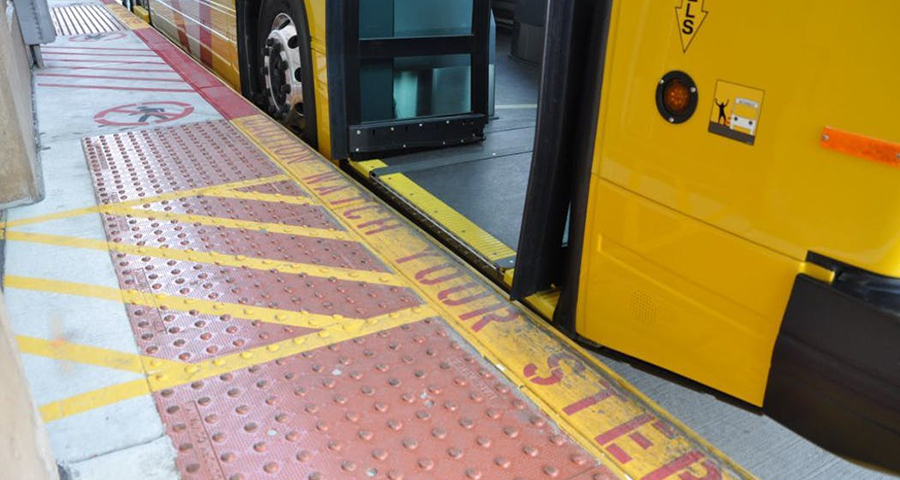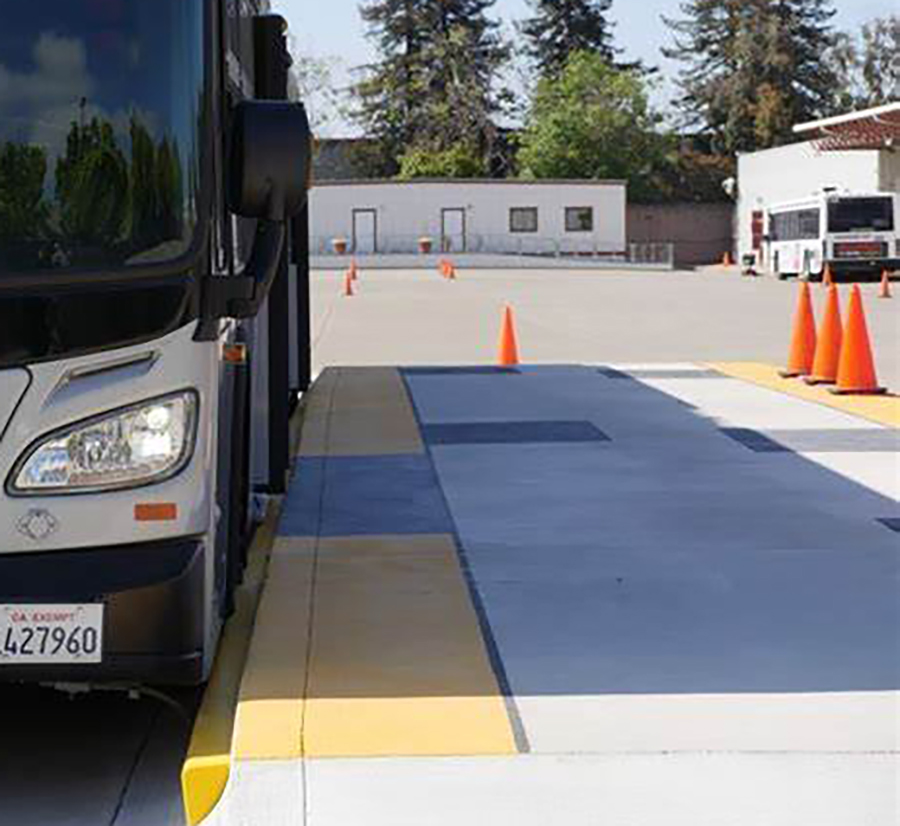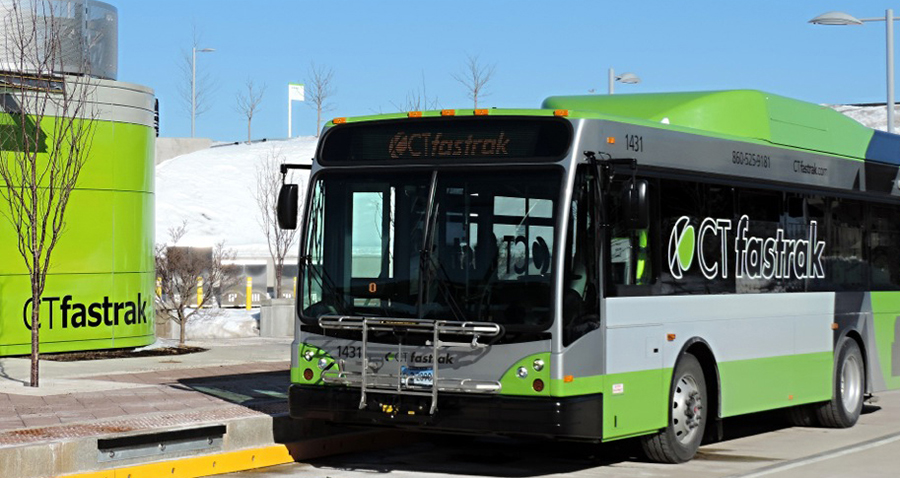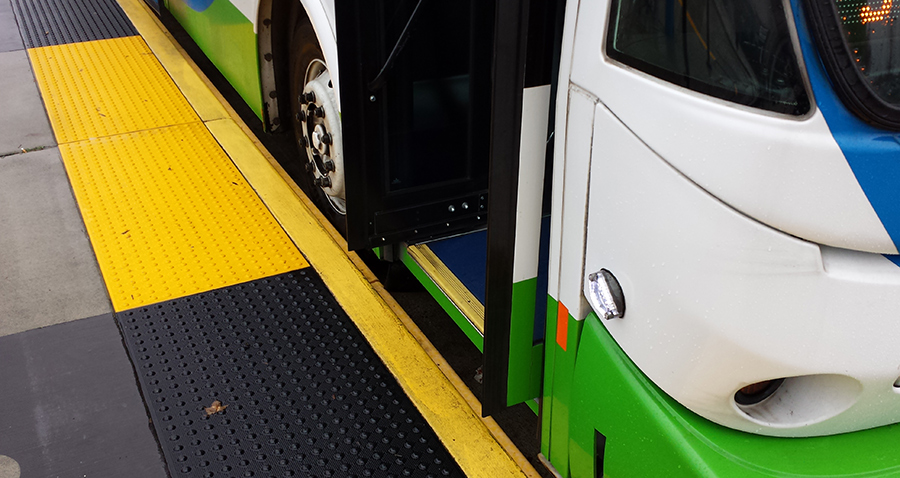applications
ltra-high molecular weight polyethylene (UHMW-PE) bus curb facing is a maintenance-free application for protecting curbing, platforms and buses from damage during basic stop and precision docking operations. Use of bus curb facings helps the growing number of bus rapid transit (BRT) systems be more cost efficient, reliable and safer. Many large and medium-sized city transit agencies are investing in BRT systems to better and more cost effectively serve growing public transportation requirements.
According to the National Bus Rapid Transit Institute, “BRT is an innovative, high capacity, lower cost public transit solution that can significantly improve urban mobility. This permanent, integrated system uses buses or specialized vehicles on roadways or dedicated lanes to transport passengers quickly and efficiently to their destinations while offering the flexibility to meet transit demand. BRT systems can easily be customized to community needs and incorporate state-of-the-art, low-cost technologies that result in more passengers and less congestion.” (https://nbrti.org/planning-and-construction/)


To help reduce the boarding gap to its minimum, a custom-formulated UHMW-PE bus curb facing that incorporates high visibility colors, robust resistance to UV attack and an added lubricant to further reduce friction is used as a guide mounted to the platform where the door side tires meet the street. The facing’s dimensions are determined with the bus and platform geometry in mind so that when the bus tires are against the UHMW-PE facing, the boarding gap is at its absolute design minimum, making the transition between the landings consistent and as close to seamless as possible. UHMW-PE is one of the most impact- and wear-resistant performance plastics available and has one of the lowest friction coefficients among performance plastics.





UHMW-PE bus curb facing delivers a virtually maintenance-free solution that helps BRT systems operate more effectively and efficiently.